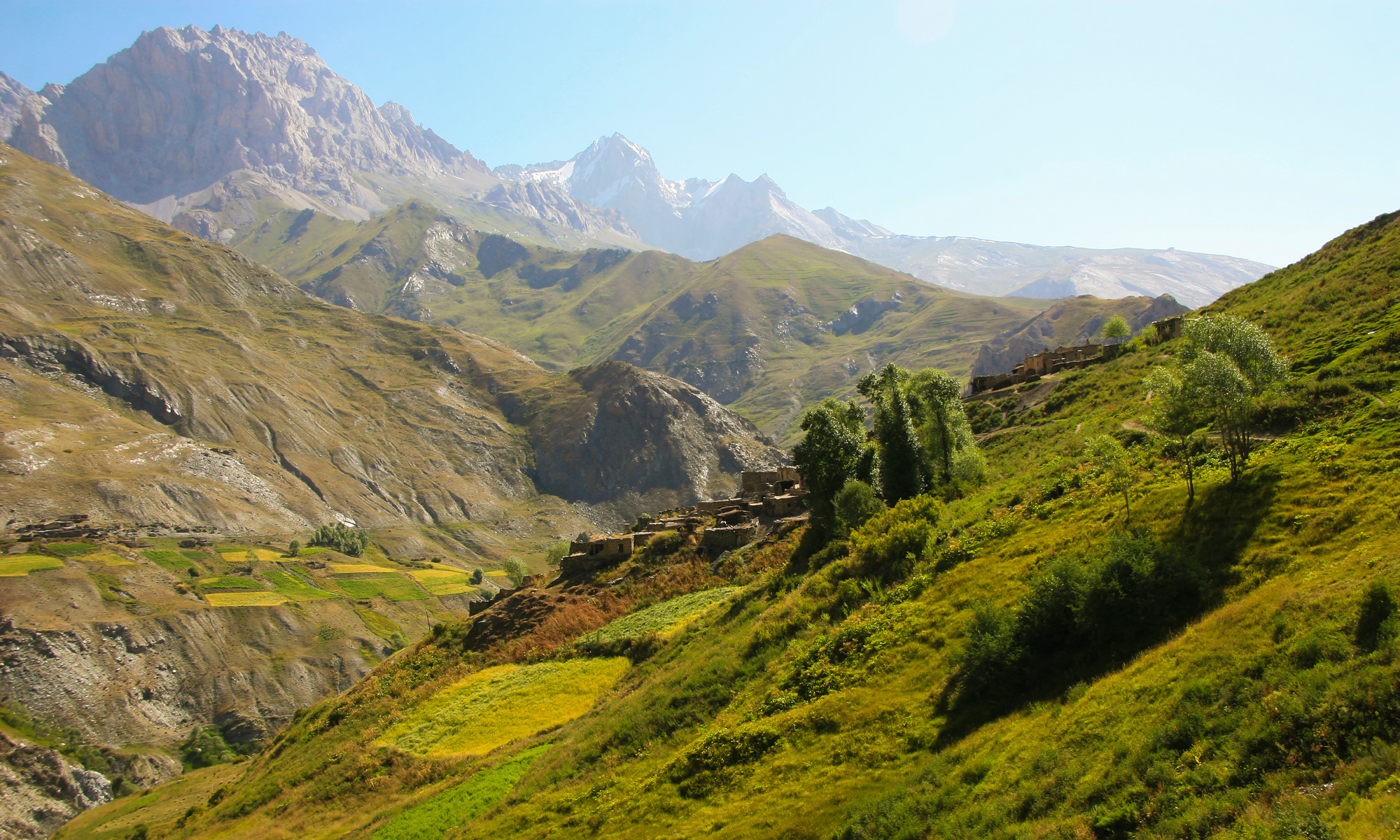In recent years, academic interest in endangered languages has grown steadily. Across Central Asia, linguists are producing studies on language contact zones — examining everything from Tajik–Wakhi interactions in the Pamirs to Turkic influence on local dialects. New frameworks for preservation, documentation, and revitalization are being developed by institutions from Stockholm to Stanford.
Yet in the heart of Tajikistan, one of the region’s most fragile linguistic legacies remains largely unexamined.
The Yaghnobi language, a direct descendant of ancient Sogdian, continues to be spoken by several thousand people across northern Tajikistan — in both the remote Yaghnob Valley and resettled communities like Zafarabad. But it has not received the same level of sustained, international scholarly attention as neighboring languages in the Pamir or Fergana regions.
This gap is not just academic — it is existential.
Despite Yaghnobi’s unique linguistic status — with grammar and vocabulary structures dating back over a thousand years — there is no national corpus, no dedicated institute, and no curriculum support for teaching it in public schools.
Conversations with community members, elders, and cultural workers reveal a shared concern: that their language may disappear not because it is dying, but because no one is recording it.
“We don’t see researchers,” one teacher in Zafarabad notes. “They go to the east, to the Pamirs, to the border areas. But they don’t come here.”
While studies of endangered languages often focus on those spoken by isolated or stateless populations, the Yaghnobi case presents a different kind of risk: invisibility within the state majority. Because Yaghnobi speakers are often counted administratively as “Tajik,” the language can be overlooked in both national surveys and international funding streams.
Over the last two decades, there have been important contributions to Yaghnobi linguistics from scholars in Russia, Germany, and Japan. Field dictionaries, grammar notes, and documentation of oral texts have been produced intermittently.
But much of this work remains unpublished or inaccessible to local speakers. Field visits tend to be short-term, and few involve collaborative models where communities can take part in the process of preserving and teaching their own language.
In 2014, while other endangered languages gain open-source archives, mobile apps, and state-funded revitalization programs, Yaghnobi remains primarily an oral and unstandardized language, passed down through family, not institutions.
Cultural NGOs working in Tajikistan have emphasized the need for:
-
Sustained field research, including updated documentation of regional dialects;
-
Community-led training, enabling Yaghnobi speakers to co-document and teach their language;
-
Open-access publishing, so that existing research can return to the people it’s about;
-
Collaboration between universities and local cultural centers, ensuring mutual benefit and long-term engagement.
The question is not whether Yaghnobi is “interesting” enough to study — linguists agree that it is. The question is whether it will receive resources and recognition before fluent speakers become fewer, and the living language loses its momentum.
In the coming year, several local initiatives plan to engage with researchers and educational institutions in Dushanbe and abroad to build new partnerships around documentation. But time is critical.
Languages do not disappear overnight — they fade when they are left out of conversations, classrooms, and policy.
For Yaghnobi, 2014 may still be a turning point. But it will take commitment — from scholars, funders, and community leaders — to move the language from the margins of awareness into the heart of preservation work.
